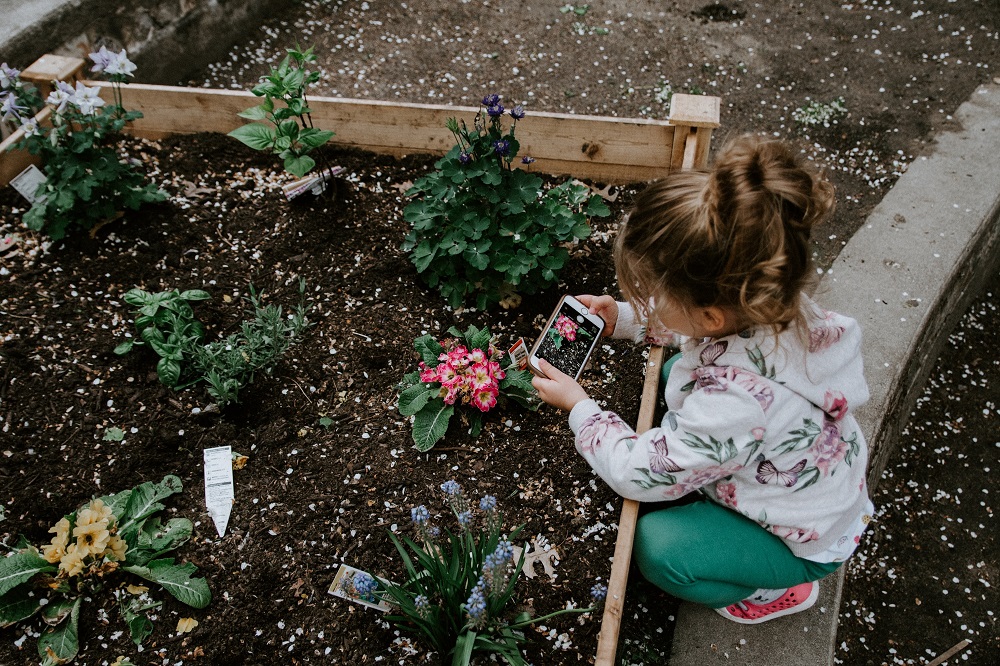As a homeowner, it is essential to make your garden a safe and enjoyable space for your children. A kid-proof garden not only keeps your little ones safe from potential hazards but also fosters their creativity and love for nature.
This article will discuss in-depth ideas to help you create a child-friendly garden, focusing on DIY enthusiasts and homeowners.
Start with a Safe Base: Choose the Right Flooring
First and foremost, it is crucial to choose the right flooring for your garden. Children are prone to tripping and falling while playing outside, so it’s essential to have a durable and slip-resistant surface.
A popular patio choice among homeowners is porcelain paving, known for its hard-wearing, non-slip properties, and low-maintenance characteristics. Buy porcelain paving at Quorn Stone to ensure you’re getting the best quality for your child-friendly garden.
Enclose Your Garden with Fences or Hedges
One of the most effective ways to kid-proof your garden is by enclosing it with fences or hedges. This will not only prevent children from wandering off but also deter potential intruders or animals from entering your property.
Opt for secure fencing, such as closeboard or wooden panels, or consider a natural, child-friendly barrier like a hedge.
Create a Dedicated Play Area
Designate a separate area in your garden specifically for your children to play in. This space should be visible from the house, so you can easily keep an eye on them.
Fill the play area with age-appropriate toys, play equipment, and soft surfaces such as rubber mulch or artificial grass to cushion any falls.
Avoid Toxic Plants and Allergens
When choosing plants for your kid-proof garden, it’s vital to avoid species that are toxic or can cause allergies. Common poisonous plants to avoid include foxgloves, daffodils, and lilies.
Additionally, steer clear of plants with a high pollen count, like ragweed or goldenrod, to minimize the risk of allergies.
Implement Safety Measures for Water Features
While water features can add a touch of tranquility to your garden, they can also pose a significant risk to children. If you have a pond or fountain, consider adding safety features such as a rigid mesh cover or a fence with a self-closing gate to prevent accidents.
Alternatively, opt for a child-friendly water feature like a small, self-contained fountain that doesn’t pose a drowning risk.
Secure Garden Tools and Chemicals
Children are naturally curious, so it’s important to keep potentially dangerous items like garden tools and chemicals out of their reach.
Store sharp tools like shears, rakes, and spades in a locked shed or storage container. Keep pesticides, fertilisers, and other chemicals in a secure cupboard or cabinet, preferably with a child-proof lock.
Create an Edible Garden
An edible garden is a fun and educational addition to your child-friendly space. Planting fruit trees, vegetables, and herbs not only makes your garden more appealing but also encourages healthy eating habits.
Be sure to choose non-toxic plants and supervise your children when they’re interacting with the edible garden.
Provide Shade and Sun Protection
Sun exposure is a concern for children, as they have more delicate skin than adults. To protect your little ones from harmful UV rays, create shaded areas in your garden using pergolas, sail shades, or strategically planted trees.
You can even use the shaded areas to grow specific plants and vegetables, which will in turn, help you teach your child about healthy eating habits and the responsibility of looking after a living thing.

